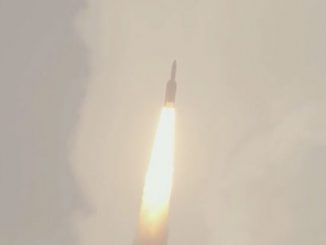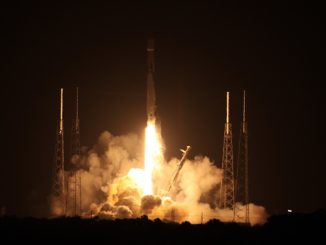Follow the key events of the Falcon 9 rocket’s ascent to orbit with 60 satellites for SpaceX’s Starlink broadband network.
The 229-foot-tall (70-meter) rocket is scheduled to lift off Wednesday at 3:30 p.m. EDT (1930 GMT) from the pad 39A at NASA’s Kennedy Space Center in Florida.
The Falcon 9 will head northeast from Cape Canaveral over the Atlantic Ocean to place the 60 Starlink satellites into an elliptical orbit ranging between 132 miles (213 kilometers) to 228 miles (367 kilometers) above Earth with an inclination of 53 degrees to the equator. The satellites will use their ion thrusters to maneuver into their higher orbit for testing, before finally proceeding to an operational orbit at an altitude of approximately 341 miles (550 kilometers).
The Falcon 9’s first stage will target a landing on SpaceX’s drone ship “Of Course I Still Love You” in the Atlantic Ocean nearly 400 miles (630 kilometers) northeast of Cape Canaveral.
The first stage booster launching Wednesday previously flew on three missions. The booster first launched from the Kennedy Space Center with SpaceX’s Crew Dragon capsule on an unpiloted test flight in March 2019, then launched again last June from Vandenberg Air Force Base in California with Canada’s Radarsat Constellation Mission. Most recently, the first stage flew again Jan. 29 with SpaceX’s fourth batch of Starlink satellites.
Thee payload fairing on Wednesday’s flight previously flew in August 2019 with the Israeli Amos 17 communications satellite.
For Wednesday’s mission, SpaceX will attempt to catch both halves of the Falcon 9’s payload fairing using nets aboard the ocean-going ships “Ms. Tree” and “Ms. Chief” in the Atlantic Ocean. The attempt to catch the fairing will come around 45 minutes after liftoff.
Data source: SpaceX
T-0:00:00: Liftoff
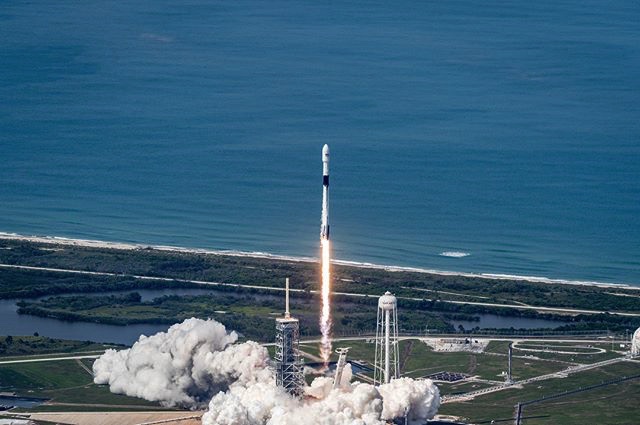
T+0:01:12: Max Q
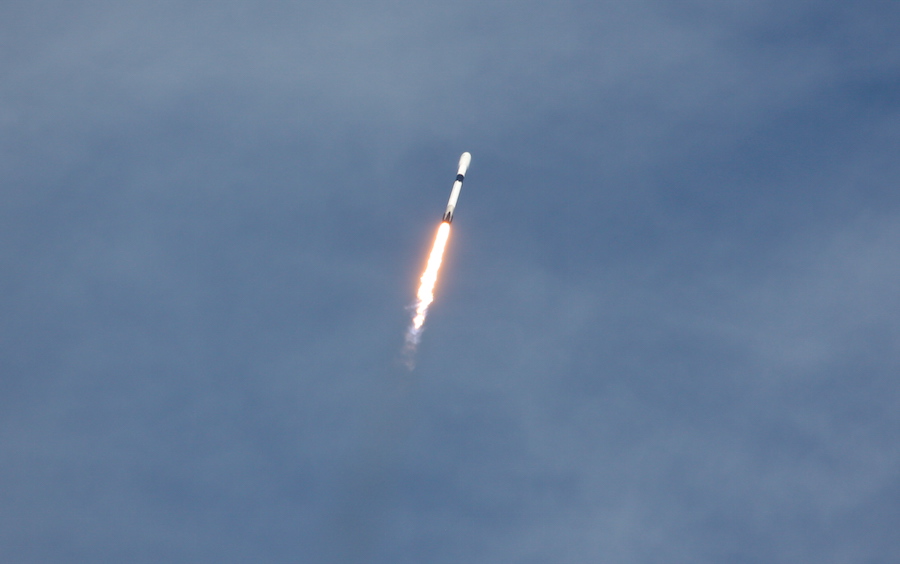
T+0:02:32: MECO
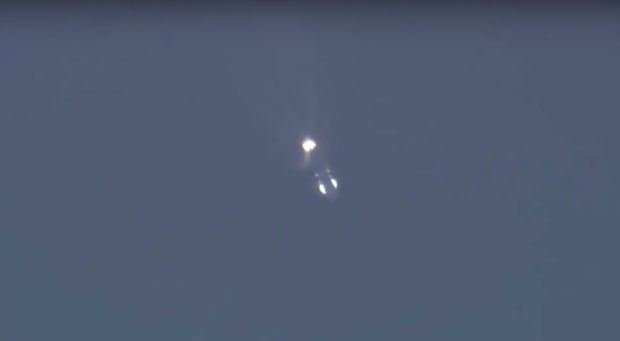
T+0:02:35: Stage 1 Separation
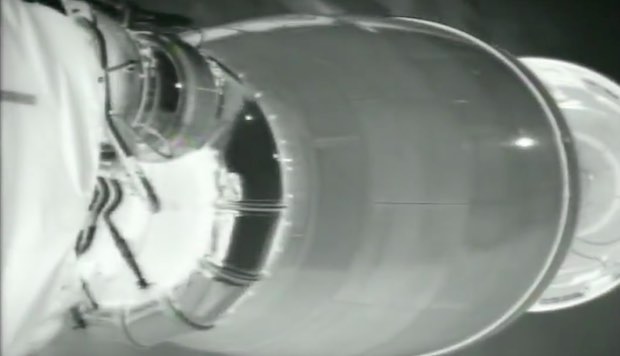
T+0:02:43: Stage 2 Ignition
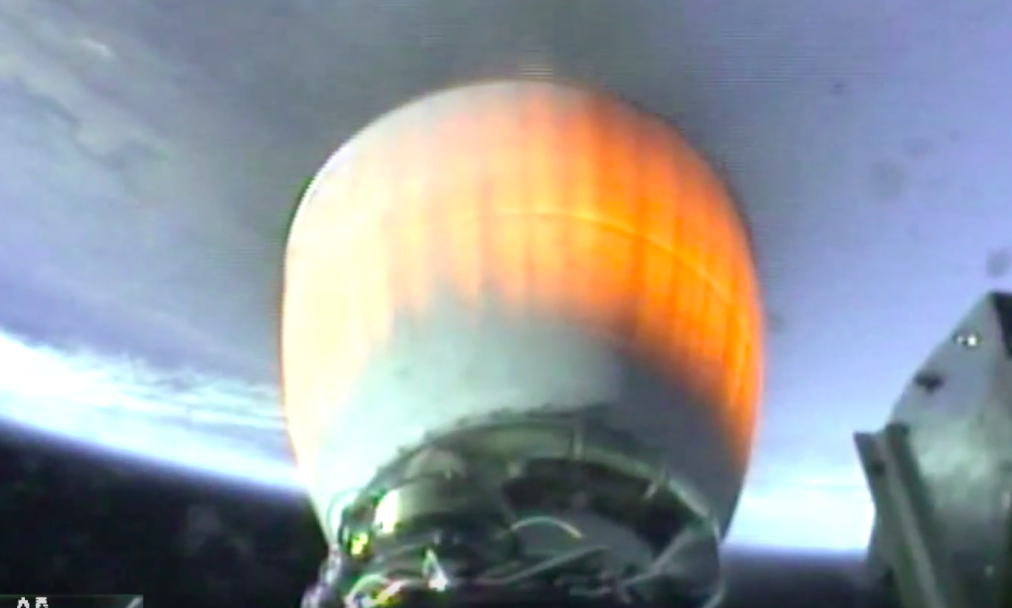
T+0:03:07: Fairing Jettison
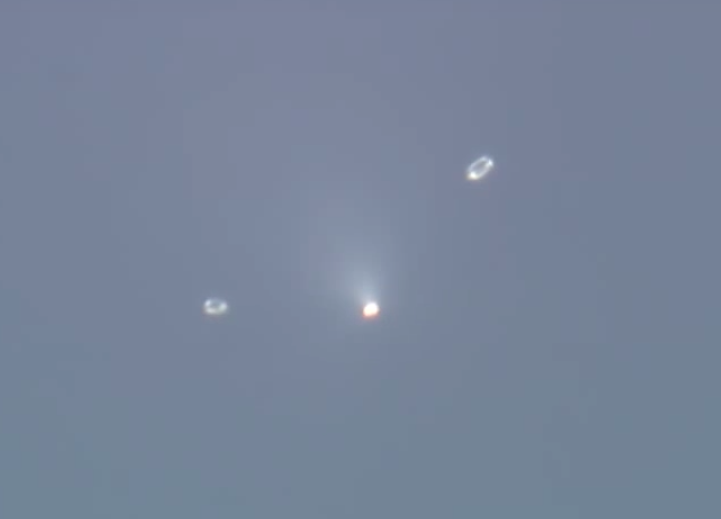
T+0:07:04: Stage 1 Entry Burn Complete
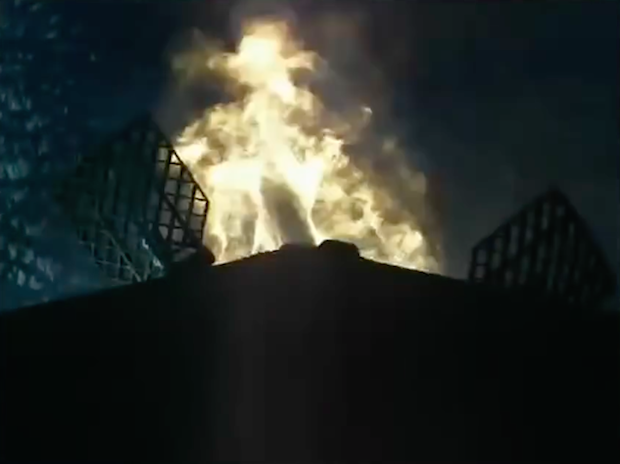
T+0:08:45: Stage 1 Landing
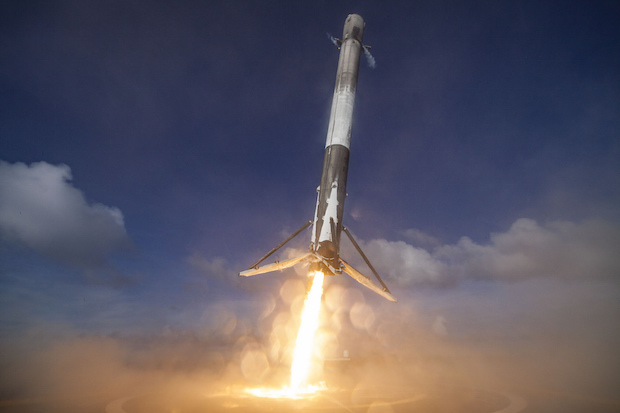
T+0:08:55: SECO 1
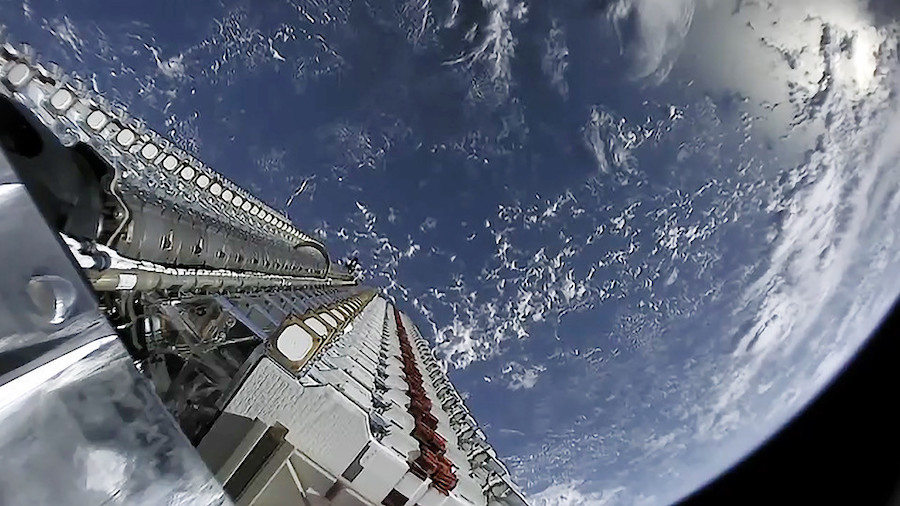
T+0:14:51: Starlink Deployment
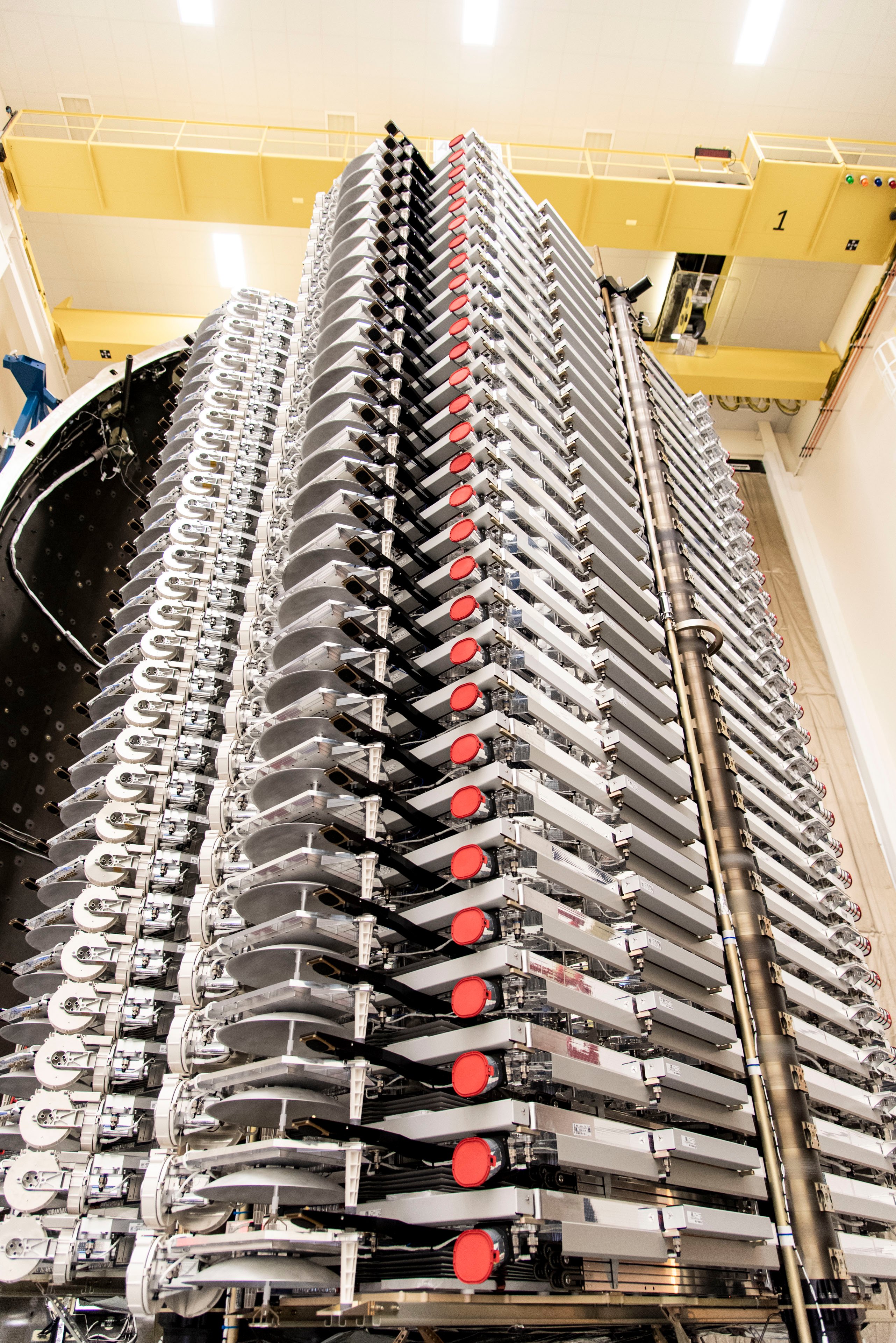
Email the author.
Follow Stephen Clark on Twitter: @StephenClark1.

